Stay Connected❣️
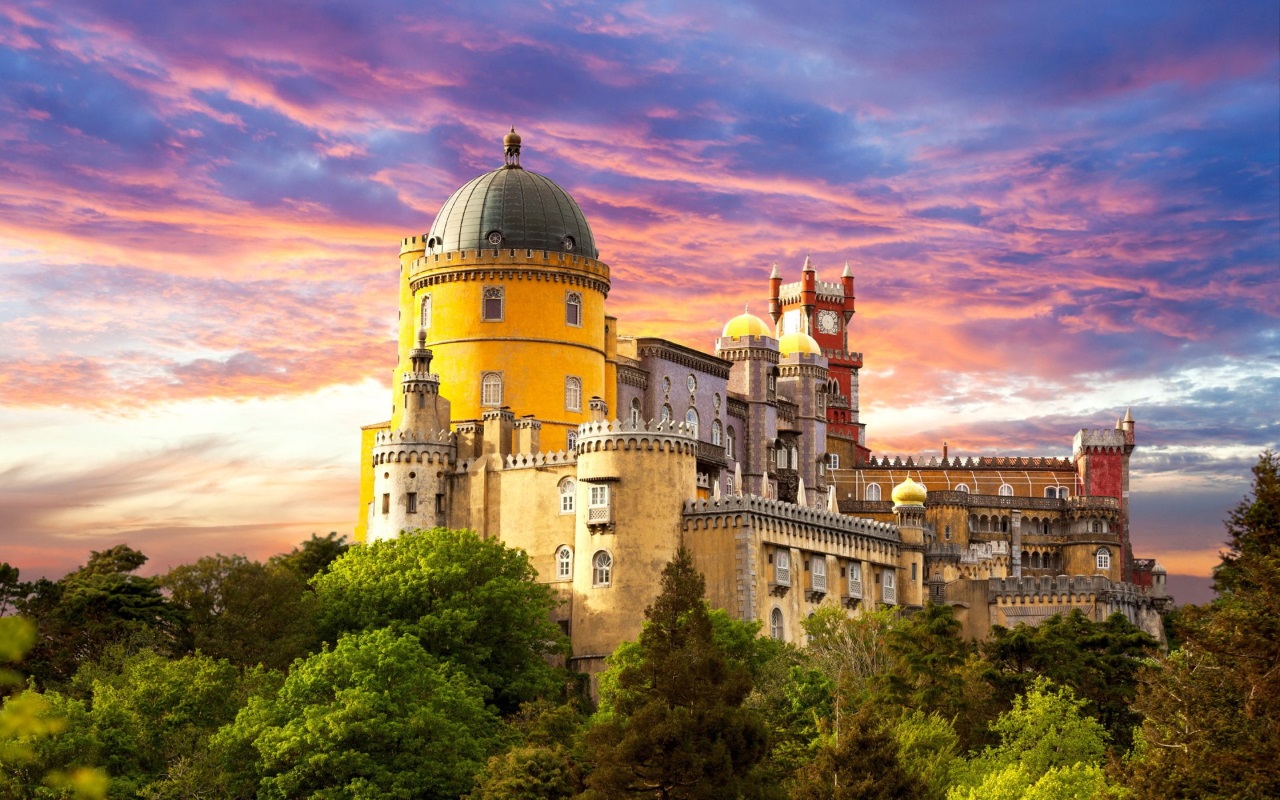
Beauty is subjective, and opinions about what makes a palace beautiful can vary widely. However, there are many palaces around the world that are famous for their stunning architecture, rich history and picturesque surroundings. Here are the top 10 most beautiful palaces/castles in the world, in no particular order. Let’s see!
These palaces represent a variety of architectural styles and historical periods, but they all share a common thread of grandeur and beauty.
Visitors to these magnificent palaces can experience the rich history and culture of the regions they represent, while marveling at their stunning aesthetics.
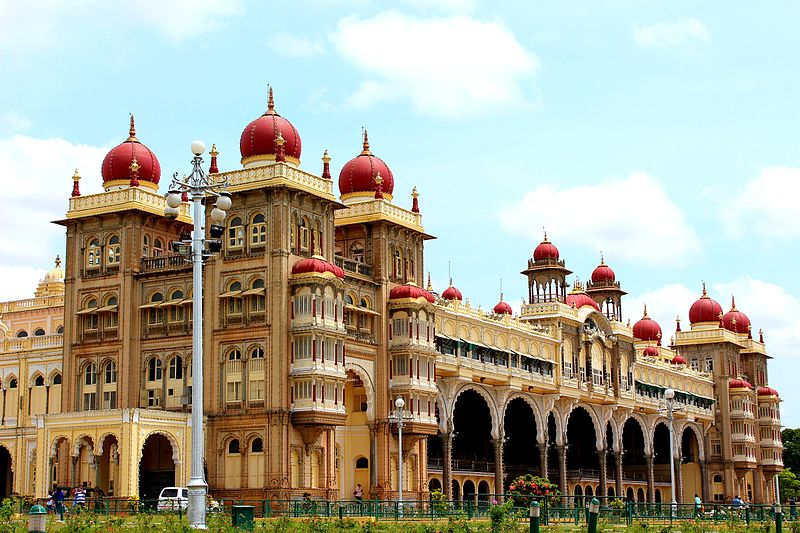
Mysore Palace is a magnificent royal palace located in the city of Mysore in the southern Indian state of Karnataka. It is one of the most famous and iconic palaces of India, famous for its Indo-Saracenic architectural style, rich cultural heritage and historical significance.
The original palace at this location dates back to the 14th century when it was built by the Wadiyars, the royal family of Mysore. However, the current palace is a reconstruction that was completed in the early 20th century after the previous palace was destroyed by fire.
Mysore Palace is a masterpiece of Indo-Saracenic architecture, a blend of different architectural styles including Indian, Islamic and Gothic influences. It has grand archways, domes and ornate details.
Mysore Palace is open to the public, and is one of the most visited tourist attractions in India. Tourists can see the ornate rooms of the palace, including the Durbar Hall, Amba Vilas Hall and Kalyana Mantapa.
Mysore Palace is a symbol of the rich history and cultural heritage of Mysore. Its architectural beauty, cultural significance and role in the vibrant celebrations of the Dussehra festival make it a must-see place for tourists and a source of pride for the people of Mysore.
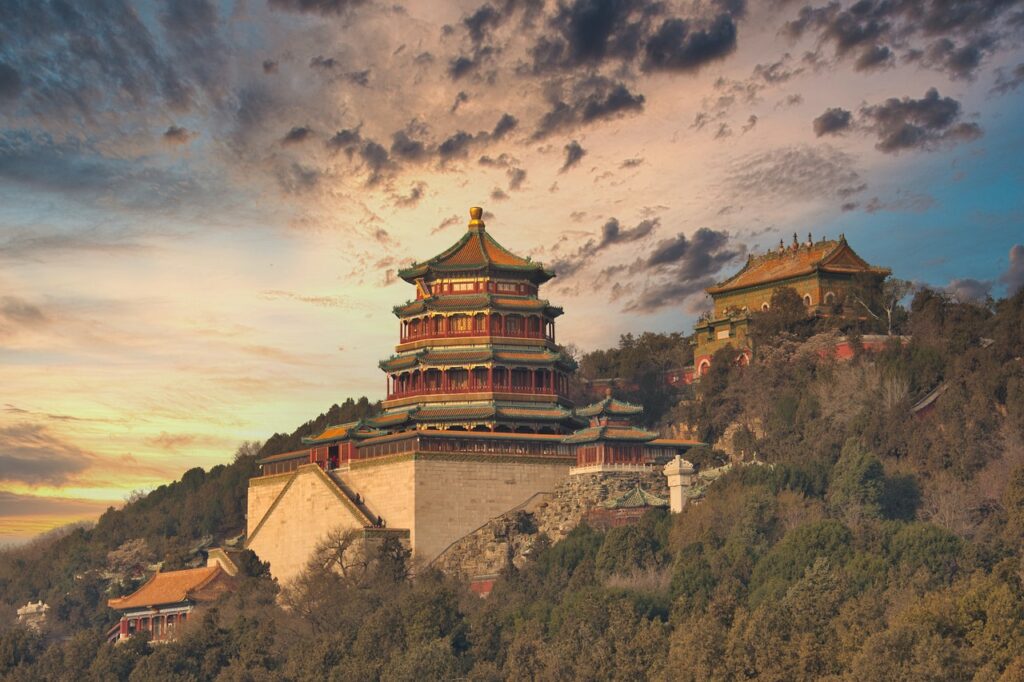
The Summer Palace (Yiheyuan) is a magnificent palace complex located in the northwestern suburbs of Beijing, China. It is celebrated for its exquisite classical Chinese architecture, stunning gardens and historical importance.
The history of the Summer Palace dates back to the 12th century during the Jin dynasty. However, the palace as it is known today was primarily built during the Qing dynasty. Emperor Qianlong and Empress Dowager Cixi were among the prominent figures who played important roles in its construction and expansion.
The architectural style of the Summer Palace is characterised by classical Chinese design elements, including intricately carved wooden structures, ornate roofs, and decorative elements. The complex features traditional Chinese palatial architecture with influences from different regions of China.
One of the unique attractions within the Summer Palace is the Marble Boat, a large pavilion made of marble on the lake shore. It symbolises the wastefulness of Empress Dowager Cixi and is a reminder of the fall of the Qing dynasty.
The Summer Palace stands as a testament to China’s rich history, classical architecture and traditional garden design. It offers a peaceful and picturesque escape from the bustling city of Beijing and is a treasure trove of Chinese culture and heritage.
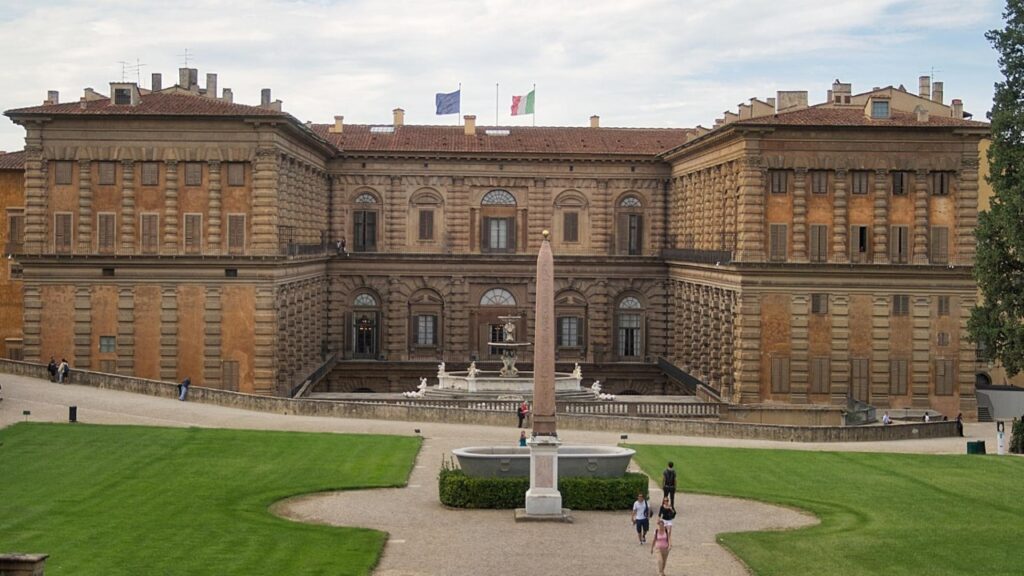
Palazzo Pitti (Pitti Palace) is a historic palace located in Florence, Italy. It is one of the most important and famous palaces of Florence and serves as a cultural and artistic center for visitors from all over the world.
The palace was originally built in the 15th century as the residence of Luca Pitti, a Florentine banker and rival of the powerful Medici family. However, it was purchased by the Medici family in the 16th century and later became one of their primary residences.
The interior of the palace is decorated with magnificent frescoes, stucco decorations and ornate furnishings. Visitors can explore several rooms and galleries that house vast collections of art and historical artefacts.
Palazzo Pitti is famous for its extensive Boboli Gardens, a magnificent example of Italian Renaissance garden design. The gardens feature terraces, fountains, sculptures and beautiful landscaping, providing a tranquil escape from the city.
Palazzo Pitti is not only an architectural gem, but also a symbol of the Medici family’s influence and patronage of the arts during the Renaissance, making an important contribution to the cultural heritage of Florence. This is one of the most beautiful palaces in the world.

Neuschwanstein Castle (Schloss Neuschwanstein) is a fairy-tale-like castle located in the Bavarian Alps near the city of Füssen in Bavaria, Germany. It is one of the most famous and prestigious palaces in the world, renowned for its romantic architecture and picturesque setting.
The castle was built in the 19th century by King Ludwig II of Bavaria and was intended as a romantic and dreamy retreat. The name of the castle means “New Swan Stone Castle” and is a reference to Richard Wagner’s operas, which greatly influenced Ludwig.
Neuschwanstein Castle is built in an architectural style called “Romanesque Revival” or “Neo-Romanesque”, with elements of Romantic and medieval influences. It has turrets, pinnacles and a typical fairy tale-like appearance.
Today, Neuschwanstein Castle is one of Germany’s most popular tourist attractions, attracting millions of tourists from all over the world every year. Guided tours of the palace interior are available to the public, providing information about its history and architecture.
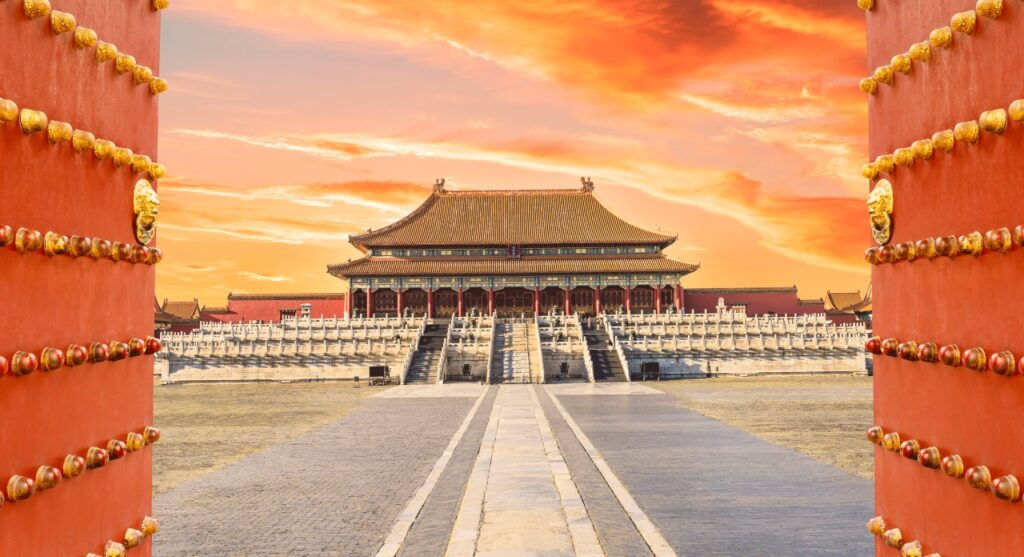
The Forbidden City (Imperial Palace) is a historic palace complex located in the centre of Beijing, China. It is one of the world’s most iconic and well-preserved ancient architectural wonders. A vast imperial palace complex in Beijing, the Forbidden City is known for its grand courtyards, traditional Chinese architecture, and historical significance.
Construction of the Forbidden City began in 1406 during the Ming dynasty and was completed in 1420. It served as the imperial palace and political centre of China for nearly 500 years during both the Ming and Qing dynasties.
The Forbidden City is an excellent example of traditional Chinese palace architecture. It consists of a series of magnificent halls, courtyards and pavilions, built with wooden beams and golden roofs. The complex consists of approximately 1,000 buildings and more than 8,700 rooms.
Today, the Forbidden City is open to the public and is one of China’s most visited tourist attractions. Millions of tourists from all over the world come to see its grand halls, beautiful gardens and learn about China’s imperial history.
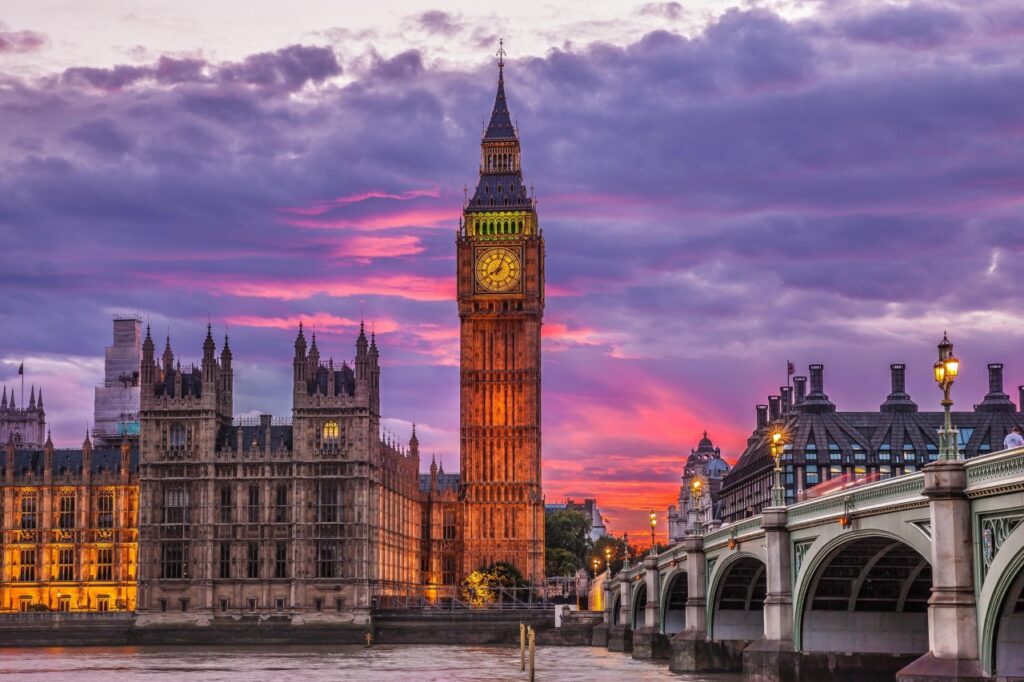
The Palace of Westminster (Houses of Parliament) is an iconic and historic building located in the centre of London, United Kingdom. It serves as the meeting place for both houses of the Parliament of the United Kingdom: the House of Commons and the House of Lords.
The palace is an excellent example of Neo-Gothic architecture, characterised by its ornate details, pointed arches and intricate stonework. The design was heavily influenced by the Gothic Revival movement of the 19th century.
The original castle on the site dates back to the 11th century when it was built as a royal residence for the English kings. However, construction of the current building began in the mid-19th century after the previous palace was destroyed by fire in 1834.
The Palace of Westminster is open to visitors, and guided tours are available. Tourists can explore the historical chambers, corridors and admire the architecture of this iconic building.
The Palace of Westminster is not only a functional government building but also a symbol of British democracy and a must-see landmark for tourists interested in history, politics and architecture when visiting London.
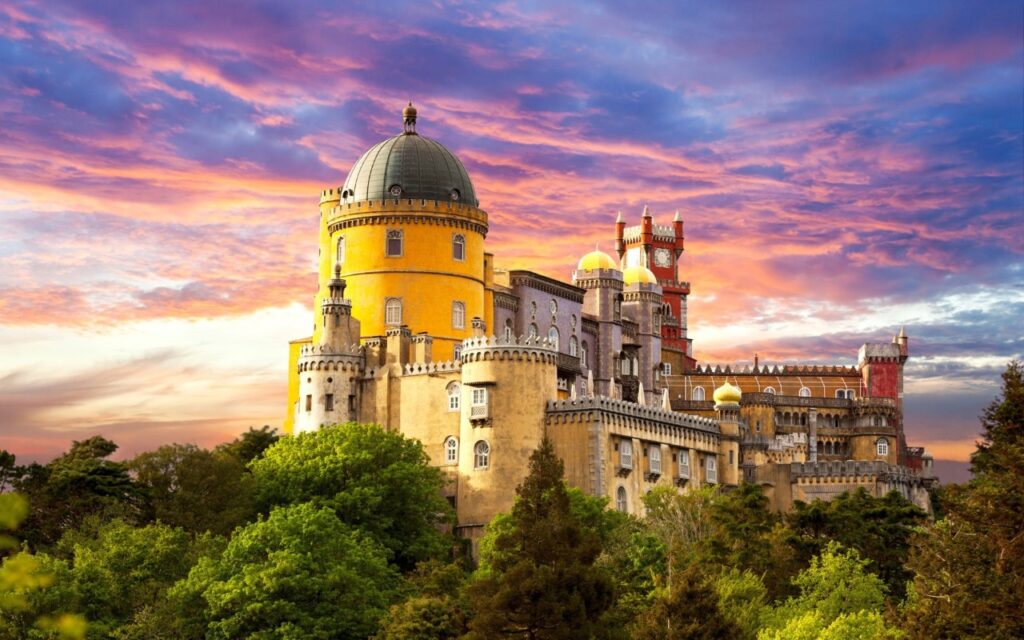
Pena Palace (Palácio da Pena) is a colorful and enchanting palace located in the Sintra Mountains near Sintra, Portugal. It is one of the most prestigious and picturesque palaces in Europe. Perched on a hilltop above Sintra, Pena Palace is a fairy-tale-like palace with a colorful façade that blends different architectural styles.
The palace is a prime example of Romanticism in architecture. It blends various architectural styles, including neo-Gothic, neo-Manueline, neo-Islamic and neo-Renaissance elements, resulting in an eccentric and eclectic design.
Construction of the Pena Palace began in the 19th century. It was built on the site of a former monastery which was severely damaged in an earthquake. King Ferdinand II of Portugal, who was fond of art and architecture, ordered the construction of the palace.
One of the most distinctive features of Pena Palace is its vibrant and multicolored exterior. The palace is painted red, yellow and blue, giving it a fairy tale look. The colorful facades make it stand out from the lush greenery of the surrounding forest.
The Pena Palace is a testament to 19th century creativity and architectural eclecticism. Its charming appearance, mix of styles and stunning location in the Sintra Mountains make it a must-see for travelers exploring Portugal.
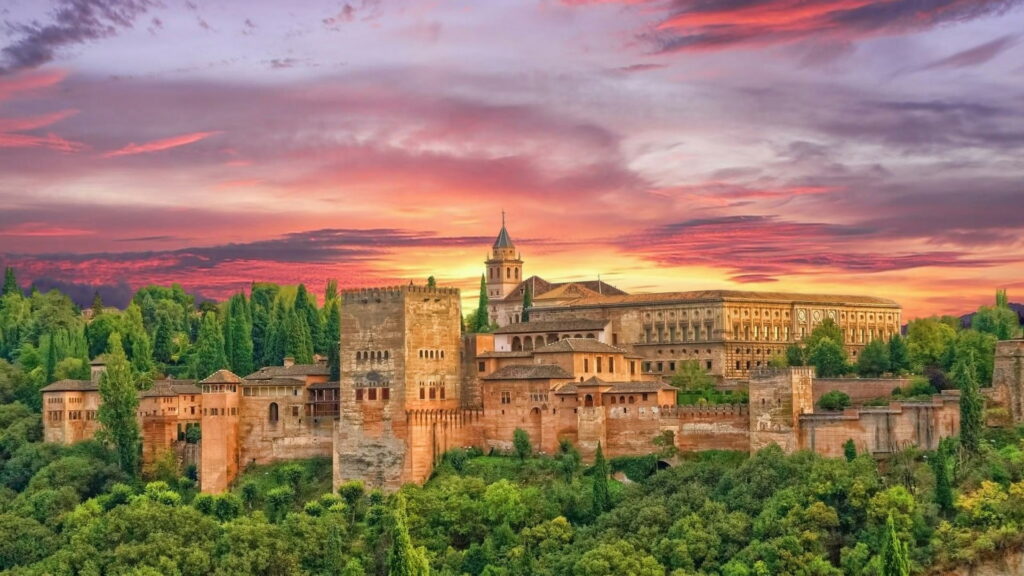
The Alhambra is a magnificent palace and fortress complex located in Granada, Spain. It is famous for its stunning Islamic architecture, intricate design and rich history. This is one of the most beautiful palaces in the world.
The Alhambra was originally constructed in the mid-13th century during the Nasrid dynasty, the last Muslim dynasty to rule in Spain. It served as the royal palace and fortress of the Nazarene kings.
The Nasrid palaces are the heart of the Alhambra and feature some of its most outstanding architecture. The Palace of Mexuar, the Palace of Comares and the Palace of Lions are among the major palaces known for their intricate plaster work, colourful tile mosaics and beautiful courtyards.
The Alhambra is one of Spain’s most visited tourist attractions, attracting millions of tourists from all over the world every year. Due to its popularity, it is advisable to book tickets in advance.
The Alhambra is a testament to Spain’s multicultural history and the remarkable achievements of Islamic art and architecture. It is a place of great historical and aesthetic importance and provides a glimpse of the rich history of Andalusia and its Islamic heritage.
See Also: Top 10 Safest Cities in the World
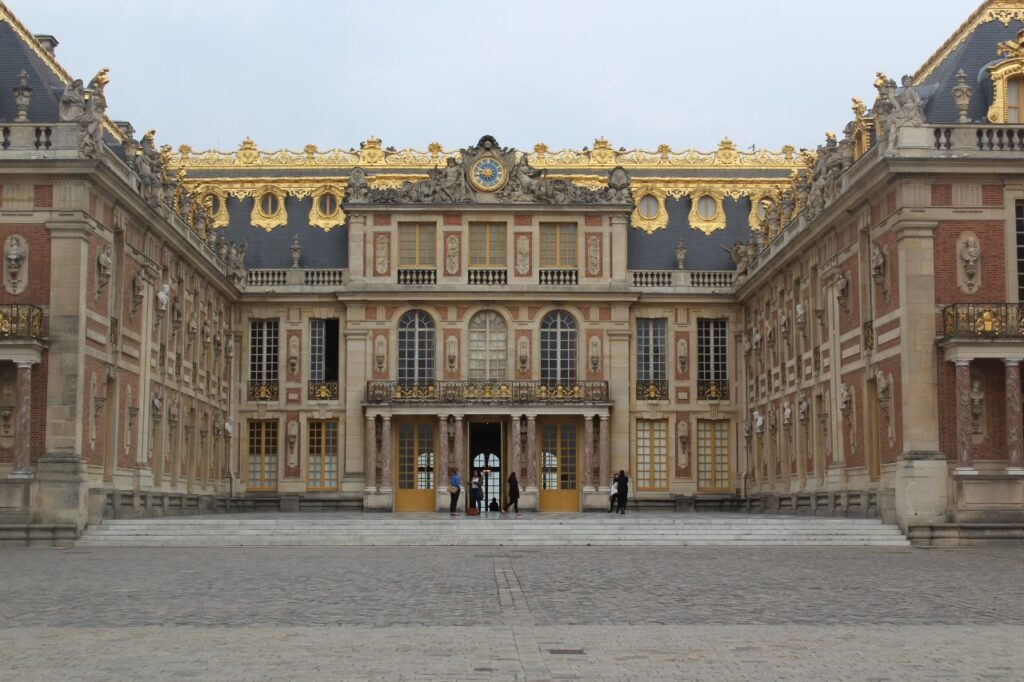
The Palace of Versailles (Château de Versailles) is one of the most famous and grand palaces in the world. It is located in the city of Versailles, just outside Paris, France.
Known for its grand architecture, magnificent gardens and the Hall of Mirrors, the Palace of Versailles is the epitome of French royal extravagance.
The Palace of Versailles is famous for its historical importance. It was originally a hunting lodge for King Louis XIII, but was converted into a grand palace in the 17th century by his son, King Louis XIV.
It served as the royal residence of the French monarchy until the French Revolution in 1789. This palace is an excellent example of French Baroque architecture. It has lavish interiors, gold decorations and ornate furnishings.
The Hall of Mirrors is one of its most famous rooms, adorned with 357 mirrors and exquisite chandeliers. The palace is surrounded by extensive and meticulously landscaped gardens designed by landscape architect André Le Nôtre.
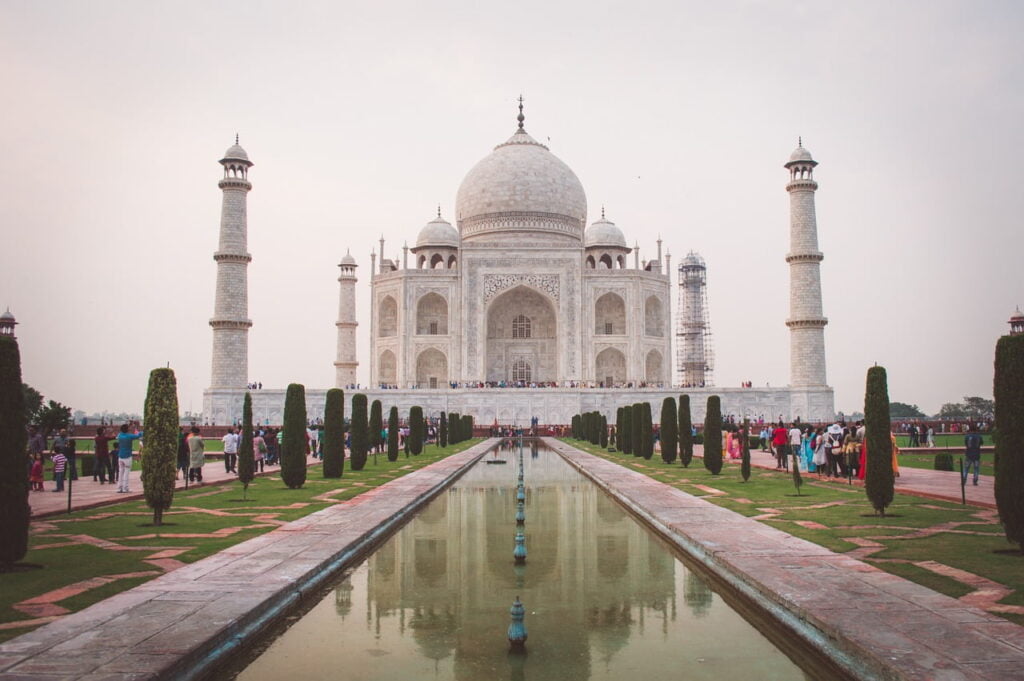
The Taj Mahal was built by the Mughal emperor Shah Jahan in Agra between 1631 and 1648 in memory of his favourite wife. It is the jewel of Muslim art in India and one of the universally acclaimed masterpieces of world heritage.
While not a palace in the traditional sense, the Taj Mahal’s white marble mausoleum is considered one of the most beautiful buildings in the world, known for its intricate details and stunning symmetry.
The construction project employed approximately 20,000 artisans under the guidance of a board of architects led by the emperor’s court architect Ustad Ahmed Lahauri. A variety of symbols have been used in the Taj to reflect natural beauty and divinity.
Many consider it to be the finest example of Mughal architecture and a symbol of India’s rich history. The Taj Mahal attracts 7–8 million tourists per year, and in 2007 it was declared the winner of the New 7 Wonders of the World initiative.
The timeless beauty, rich history and cultural significance of the Taj Mahal makes it a must-visit place for travellers and a symbol of India’s architectural and cultural heritage.
Hello everyone, this is new post on this site, if you like this post information then please share your important feedback via comments. Thank you!